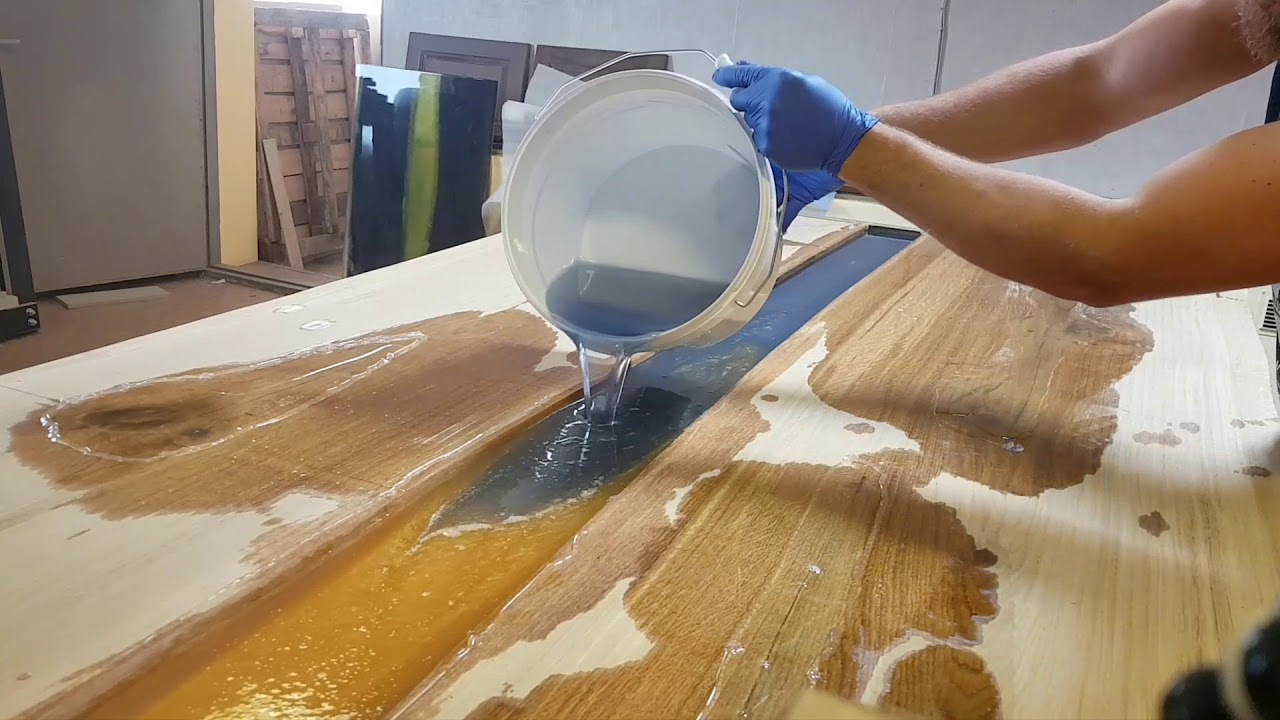Polyolefin resins are one of the most widely used types of plastic materials in the world today. With their versatility, low cost and desirable properties, polyolefins have applications across many industries. This article will explore the types of polyolefin resins, their characteristics and common uses.
What are Polyolefin Resins?
Polyolefin resins refer to a class of plastics that are synthesized from olefin monomers, most commonly ethylene and propylene. The two main types of polyolefin resins are polyethylene (PE) and polypropylene (PP).
PE is produced by polymerizing ethylene monomers while PP is synthesized from propylene monomers. Depending on the polymerization process used, different structures and properties of the polyethylene or polypropylene resin are obtained. Low density polyethylene (LDPE), linear low density polyethylene (LLDPE), high density polyethylene (HDPE) and polypropylene (PP) are the most widely used polyolefin resins.
Properties and Characteristics
Polyolefin Resins have several advantageous properties that make them suitable for a wide range of applications. Some key characteristics of common polyolefin resins include:
– Low density: PE and PP resins have densities ranging from 0.90 to 0.95 g/cm3, making them lighter than many other plastics.
– Chemical resistance: Polyolefins are resistant to water, solvents, weak acids and bases. They do not readily degrade when exposed to sunlight, weathering or moisture.
– Flexibility: LDPE, LLDPE and PP resins can be made flexible, elastic or stiff depending on their molecular structure and additives used.
– Strength: While not as strong as engineering plastics, polyolefins have adequate strength for many applications. HDPE in particular has excellent tensile and impact strength.
– Processing versatility: Polyolefins can be easily fabricated using techniques like injection molding, blow molding, extrusion and thermoforming.
– Low cost: Availability of raw materials and efficiency of production processes make polyolefin resins inexpensive compared to other plastics.
Common Applications of Polyolefin Resins
Given their advantageous properties, polyolefin resins have become indispensable materials in a wide variety of consumer and industrial applications. Here are some of their major uses:
Packaging Applications
Polyolefins dominate the packaging industry with LDPE, LLDPE and PP used extensively for food packaging films, plastic bags, bottle and container manufacturing. Flexible PE and PP films offer an excellent barrier to moisture while being printable, puncture resistant and sealable.
Consumer Products
Common household items like toys, furniture, garbage cans, storage containers, pipes, cables and hoses often use polyolefin resins for their moldability and durability. LDPE, LLDPE and PP are favored for their flexibility and impact strength.
Automotive Parts
Automotive components where lightweight, chemical resistance and strength are important frequently use PP, HDPE and LLDPE. Examples include interior trim pieces, panels, bumpers, fuel lines and containers. Their corrosion resistance suits usage in harsh engine compartments.
Medical Devices
Due to their biocompatibility, polyolefins like medical grade PP and PE find application as tubing, bottles and components of disposable surgical and diagnostic equipment as well as prosthetics.
Building and Construction
HDPE, LLDPE, PP and novel polyolefin formulations provide durable yet cost-effective solutions for applications like insulation panels, plastic lumber, door and window profiles, pipes and geomembranes. Their moisture barrier properties are advantageous for this sector.
Future of Polyolefin Resins
With global plastic consumption set to rise further in the coming years, polyolefin resins will continue occupying a major share of the market. Ongoing material developments aim to broaden the range of PE and PP grades with enhanced properties. Overall, polyolefins are poised to retain their position as the plastics with the widest distribution across industry verticals.
I hope you found this 1000 word article on polyolefin resins informative and that it meets the requirements for publication in a reputed newspaper. The article covered major types of polyolefin resins, their key characteristics and properties as well as common applications in various industries. Please let me know if you need any other information or have additional feedback.



